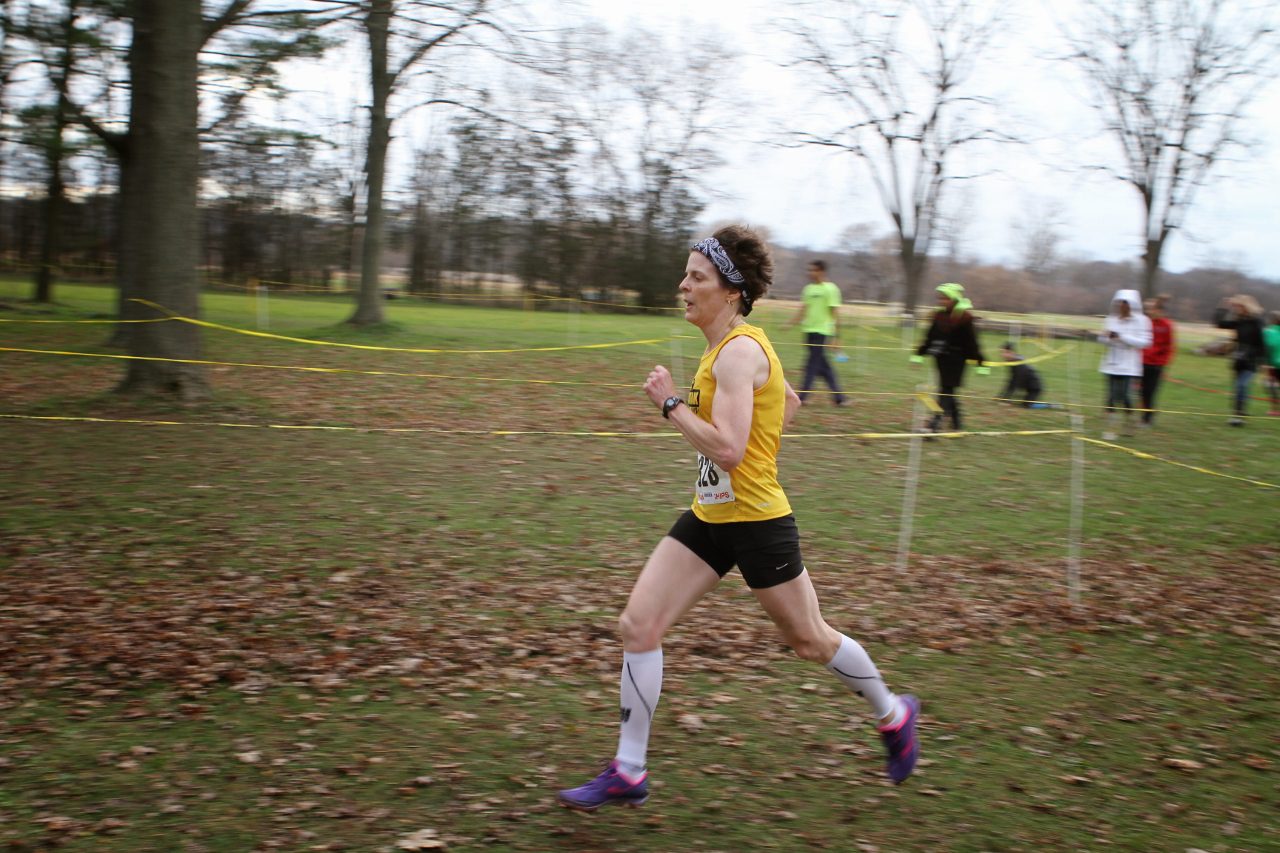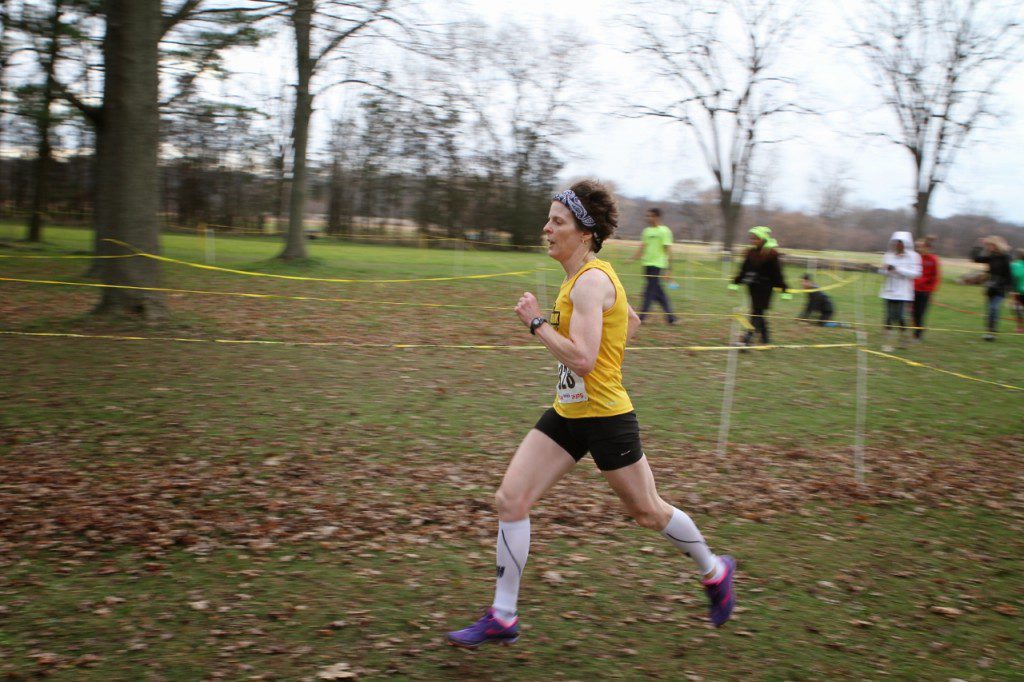Boost your speed with a season of Cross Country Running

AFTER MONTHS SPENT racing on concrete and asphalt, going onto the trails for cross country running can be a valuable complement to your late-season routine. Trail running provides a mental and physical challenge for athletes. When I was training and competing as a full-time triathlete and duathlete, I would look forward to cross country season as a way to focus on running for part of the year. With only a few run specific weeks after the last triathlon, I could use the significant strength I had gained through cycling to my advantage on trails. I love to race, and running cross country gave me a chance to extend my season without the risk of burnout. The opportunity to focus solely on running also renewed my sense of prowess as a runner, which is a strong psychological advantage. Finishing with a killer run is one of the most rewarding aspects of triathlon and triathletes should do all they can to set themselves up for a confident finish.
In Canada and the U.S., cross country racing generally starts in late September and runs through late November, making it a perfect alternative for late-season training. There is usually a schedule of races (found through your provincial running association website) for elite and age group athletes, with qualifiers and opportunities to attend the National Championships as either an open or masters athlete (40+). Shortly after the Nationals, the Xterra Trail Run World Championships happens on Oahu, Hawaii, a tough 21.1 km event that involves a searing mile-long climb at the 16 km mark as well as breathtaking views. Xterra worlds is significantly longer than most standard cross country races, which are usually eight to 10 km for masters, but for triathletes (especially those competing in the 70.3 distance), is a perfect complement to the training you’ve done all year.
FOOTWEAR For trail running I recommend getting a good lightweight trail shoe. I have tested out many trail shoes, and the best ones are light, flexible, have great grip and have a good rock plate build into the midsole. The rock plate really saves the day, as you can run confidently over stumps, roots and rocks without worrying about getting injured through the sole of the shoe.
For racing regular cross country, a pair of cross country spikes is recommended for grass or winter conditions, as the pin spikes screwed into the outsole of the shoe provide grip and control on slippery surfaces. Whatever shoe you choose to race in, make sure you try it out in training before you race, and make sure you triple knot the laces… the underbrush and conditions make loose shoe laces the bane of the cross country racer.
Running cross country also helps develop balance and agility, foot and ankle strength, as well as downhill and uphill running strength. Runners get good at adapting to change of pace and heart rate and being smooth over various surfaces like long grass and gravel.
One of the biggest benefits to cross country is learning to sustain discomfort and effort. Unlike triathlon, where you run a controlled pace off the bike, carefully monitoring your heart rate zones, cross country is closer to an all-out effort. If your coach has ever told you that you need to embrace the “hurt” a little more, cross country will teach you this. Cross country races are typically mass starts and very fast, regardless of the distance.
Common among local courses is a 100m of grass field followed by a narrow track. This means getting into position before the bottleneck is crucial. Even at Xterra worlds, the start is a crazy 100m of downhill before a series of leg burning and unrelenting hills over the first 5 km.
To switch to cross country at the end of a triathlon season, I suggest making run workouts your focus, but continuing to do two to three rides a week including one longer one of two to three hours. The other rides should be recovery rides of 60 to 90 minutes between run workouts. Start training on trails and surfaces that mimic the races you want to do, so lots of grass, gravel paths and forest trails.
If nothing else, running cross country makes you tougher. Conditions can be downright awful (think snow, rain and mud) giving athletes an opportunity to rise to the occasion and develop resiliency.
Sample grass workout for 8 km cross country race
WARM-UP
• 15 min. of easy runningMAIN SET
• 8 x 1 km (2 min recovery) at 10 to 15 seconds faster than race pace
• 5 min jog
• 4 x 80 m strong form sprints (1 min recovery) to get ready for start and finishing feelCOOL DOWN
• 15 min easy runningFor longer races such as the Xterra Trail Run World Championships you need to do a few more long sessions and base runs on very hilly and challenging terrain, but the shorter cross country workouts and races will be excellent for the cardiovascular strength needed in this race.
Sample trail run workout
WARM-UP
• 30 min easy running, then move into 10 min tempo on flat trail.
• 45 min of building tempo (by 15 min) on trails, working the uphills and finding a strong sense of rhythm over the crest and into the descents.MAIN SET
• Run 2 hours of very hilly trail, where you can run hilly laps of 15 min.
• Finish off this workout with 10 min flatter tempoCOOL DOWN
• 20 min easy running cool down.
LifeSport coach Lucy Smith is a top masters runner and a five-time Canadian Cross Country Champion. Follow her: lifesportcoaching.com

